Laphroaig 10 vs Quarter Cask Whisky
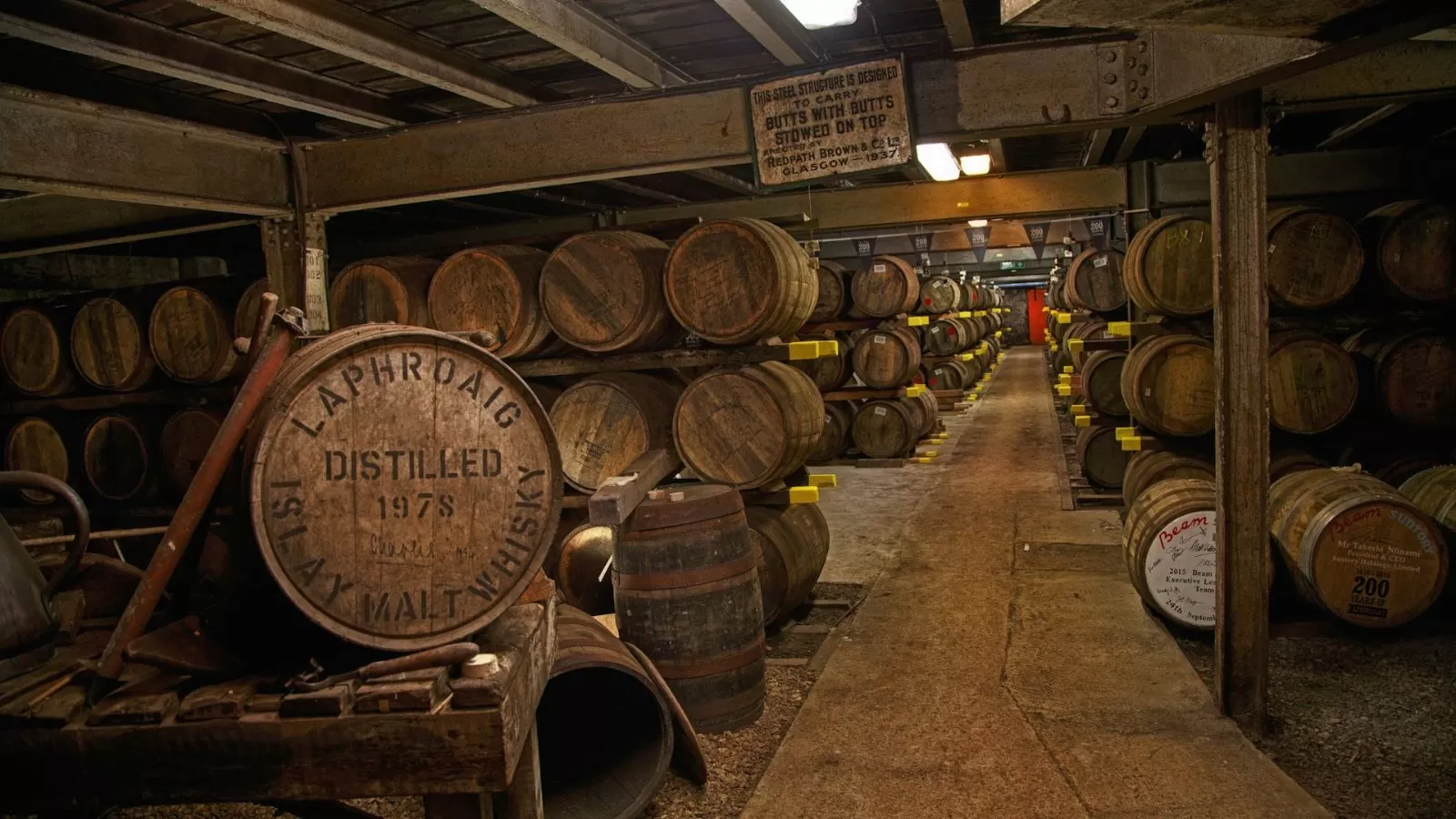
Embarking on an Islay adventure, I delve into the exquisite realm of Laphroaig with a head-to-head comparison of the renowned Laphroaig 10 vs Quarter Cask single malt Scotch whiskies.
Beam Suntory, Inc. is an American multinational company that produces alcoholic beverages. It is a subsidiary of Suntory Holdings of Osaka, Japan, and the company’s headquarters are in Chicago, Illinois. It is the third largest producer of distilled beverages worldwide. The company’s principal brands include :

Embarking on an Islay adventure, I delve into the exquisite realm of Laphroaig with a head-to-head comparison of the renowned Laphroaig 10 vs Quarter Cask single malt Scotch whiskies.

One of the more recognizable bottles of bourbon on my shelf is the Maker’s Mark bourbon. With the bright red wax closure, you can spot this bottle at a distance. Today, I want to compare the Maker’s Mark vs Maker’s 46 bourbon whiskey to see how they differ.
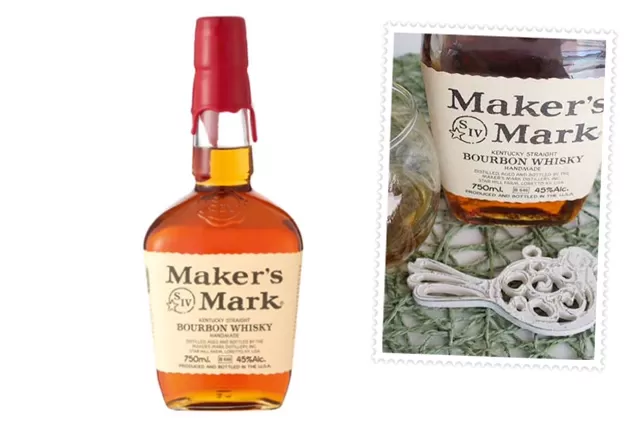
This Maker’s Mark Kentucky Straight bourbon whiskey bottle holds a special place in my whiskey journey. It was one of my first forays into the world of bourbon, a spirit that my love for single malt and blended whisky had previously overshadowed.
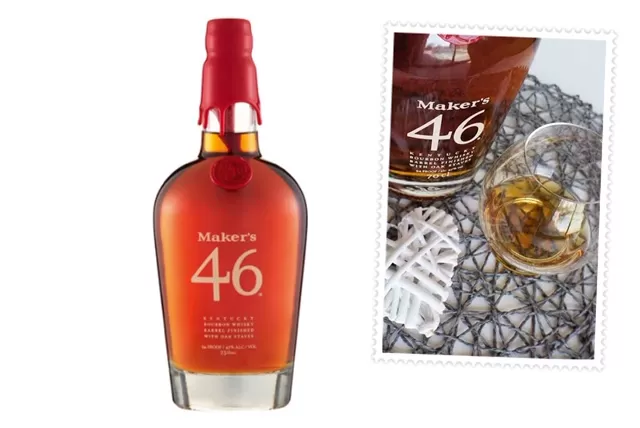
If you’re a bourbon whiskey enthusiast, you’ve undoubtedly come across the iconic Maker’s Mark bottles, sealed with their striking blood-red wax tops. The golden liquid inside is as exceptional as the recognizable red wax seal.
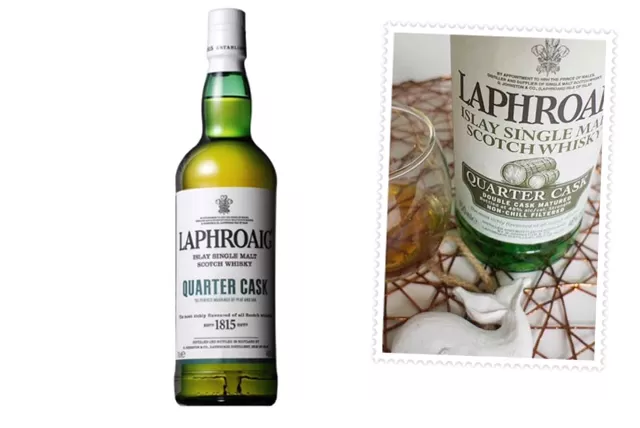
It is one of the bottles that have been in my collection for ages. I keep on drinking it but never writing about it. So, with the Laphroaig Distillery 200th anniversary during 2015 and before I finish this bottle, I decided that it is time to write down my tasting notes for the Laphroaig Quarter Cask Islay single malt Scotch whisky.
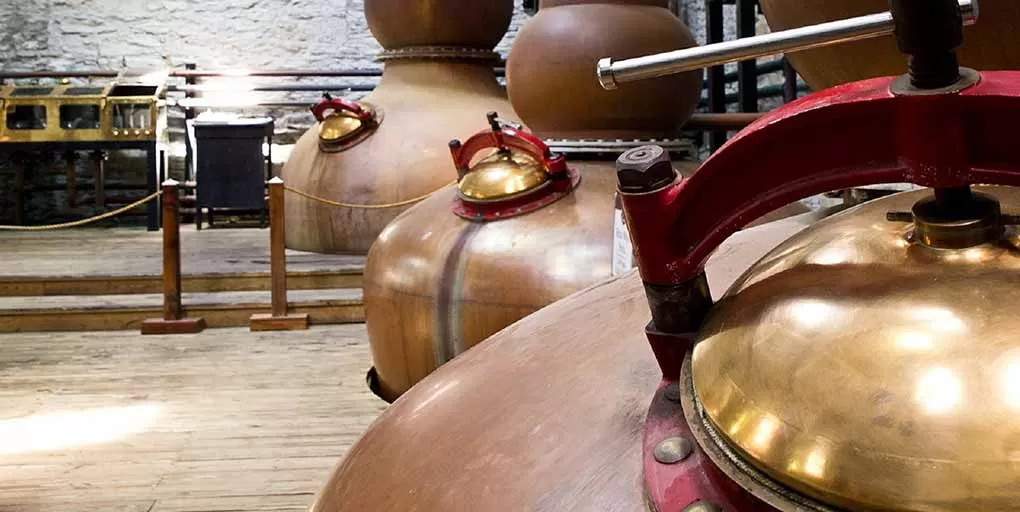
It has been ages since I have done a comparison post, and they are always so much fun. The last ones I did was between rye whiskey. So let’s look at a comparison I have been avoiding, two of my favourite bourbons against each other. The Maker’s Mark vs Woodford Reserve bourbon.